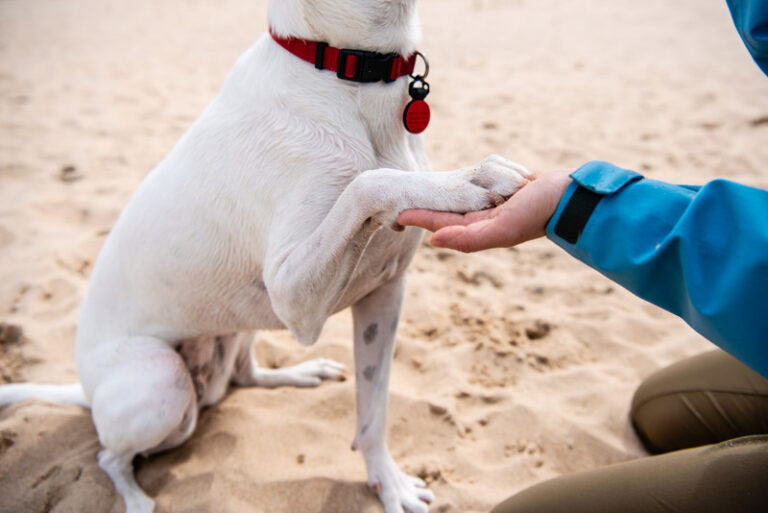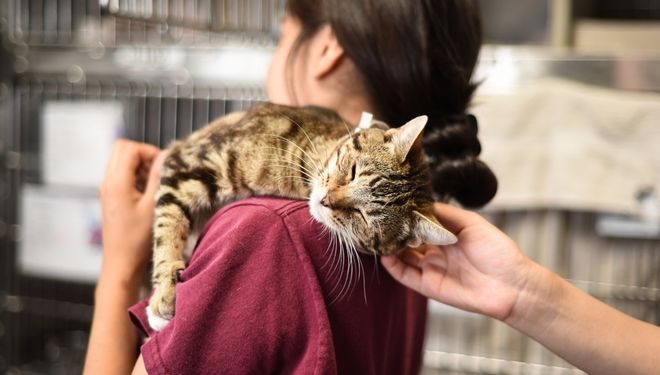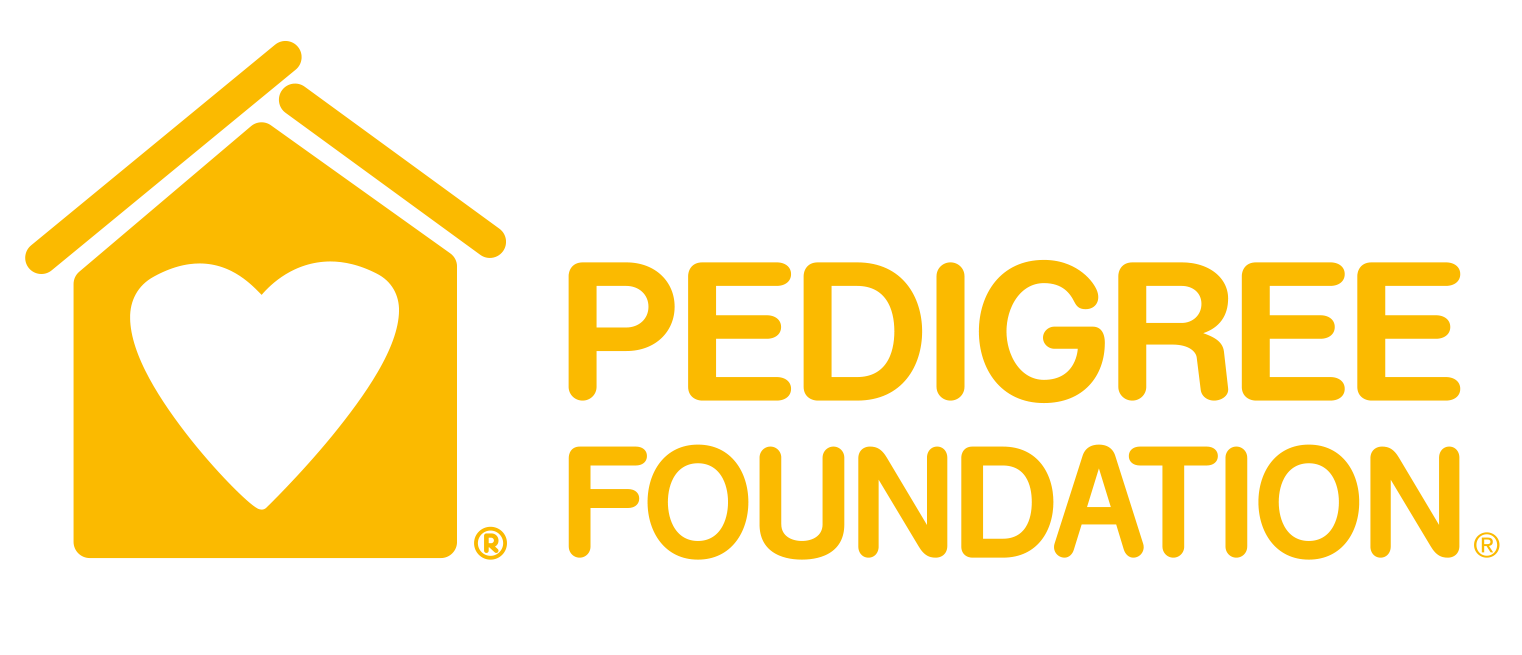H is for Human. It’s the letter at the beginning of, and it’s the heart of, the Human Animal Support Services project.
Human welfare and animal welfare are deeply intertwined. When people and pets are separated, it often comes down to human issues such as financial struggles, eviction, job loss, or health issues—even if in and out of animal welfare, this connection hasn’t always been front and center.
It’s time we make them front and center.
“If an animal is in a certain condition outside, the family probably was going through the same thing inside,” is how the Maddie’s® Director of Human Animal Support Services Vincent Medley put it, during a recent webinar discussing the intersection of human struggles, human services, and animal services, and how that relates to the animal welfare movement and HASS.
Vincent was joined by Dr. Ellen Jefferson, President and CEO of Austin Pets Alive!, who hosted and moderated the panel; Diaz Dixon, Maddie’s® Advisor for External Affairs and Partnerships for the HASS Project; and Alexis Telfair-Garcia, Social Work Program Development Manager at Austin Pets Alive!.
Drawing on deep backgrounds in animal welfare, social work, and human services, the group delved into some of their top insights from 2022 about the H in HASS—including, to name just a few:
- That “behind every hurting animal is a hurting family,” said Alexis, during the conversation.
- How asking people about their pets can be an important way to gain insight and build connection and trust. It’s “one of the best tools of engagement that is seldom used,” Diaz noted.
- The importance of “reframing what a pet owner looks like” to make sure that we are not leaning on stereotypes and biases, which are preventing us from connecting with and supporting our communities. “It’s about us seeing the human first, and finding ways to help that human be all they can be and all they want to be for their pet,” Vincent said.
- Backed by studies about how pets helped alleviate loneliness during the pandemic, Diaz said “one thing that was really abundantly clear to me in 2022 is how much family actually matters.” With pets included as family, of course.
- Dr. Jefferson emphasized the need for everyone to ask more questions, including people who work in animal welfare about the human services world and how those services gain more understanding of the pet part of the family, and vice versa.
- Every panelist had thoughts about the need for the animal welfare field to devote more resources, care, and training to the mental health and well-being of people who work in animal shelters, with Vincent sharing a story about the moment he realized that he wasn’t the only member of an animal control team who was struggling. It was during a compassion fatigue workshop, when his coworkers described their regular nightmares. “All these big tough guys, and none of us wanted to admit that we were breaking down,” Vincent said. “It was such an eye opening experience for me, and it really helped me develop an understanding that I was not alone.”
We could go on about the connections and changes needed to bridge the gap between humans and animal services—and, how with compassion, understanding, and kindness toward people and pets, we save more animals, and preserve more families.
The conversation’s far from over. We’ve got (at least) one more H in HASS webinar confirmed!
Part 2 will be on February 2 at 5pm CT. The same panel will answer your questions about why and how human and pet support services can work together to better support people and pets. Register here, and please send your thoughts and questions in advance to webinars@americanpetsalive.org. We really do want to hear from you!
We’re so excited to be thinking, talking, sharing, and doing more about the H in HASS—and we’re so glad for you to be a part of it, too, because this is a project for everyone.
As Dr. Jefferson says, in animal sheltering and animal welfare, we are used to fixing things once they are broken. There’s the pet who is separated from their family due to a lost job or unstable housing, or even an unpaid fine, and now comes into the shelter, leaving the pet and the people who love them brokenhearted. The shelter worker who burns out, and says goodbye to the field. The person who wants to adopt a pet, but feels unwelcome at their local shelter. And so many people who want to help one another, and to help animals, and just need to know how to do it.
Change can come by focusing on the H, on the humans whose lives intersect so inextricably with animals at every step along the way. To stop only fixing things that are broken, but to build the needed connections so those things stay whole.
“I’m hopeful,” says Dr. Jefferson, “that maybe we’re seeing the beginning of an era where we’re trying to prevent that from happening. And shield people from getting their hearts completely shattered.”








